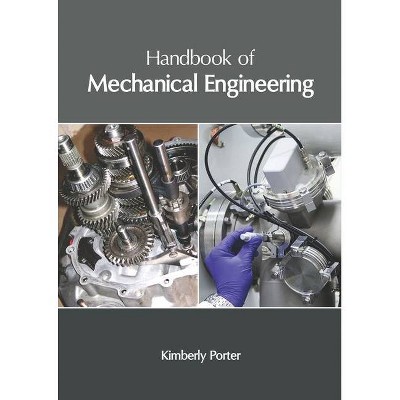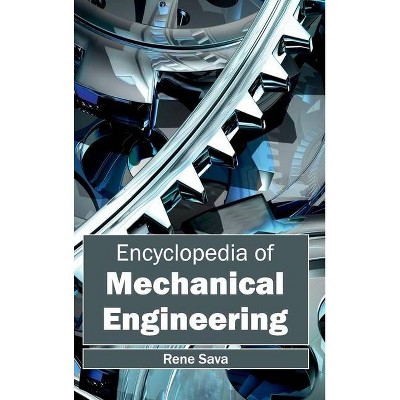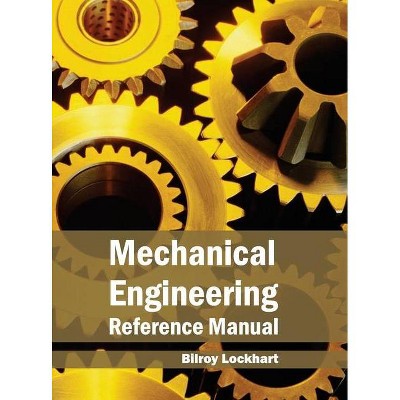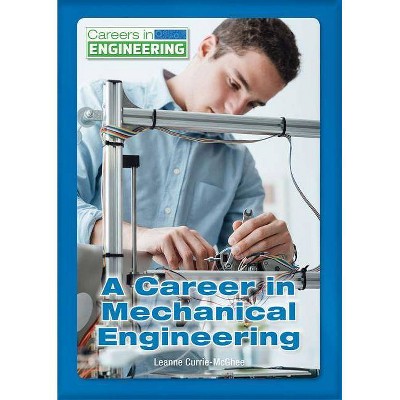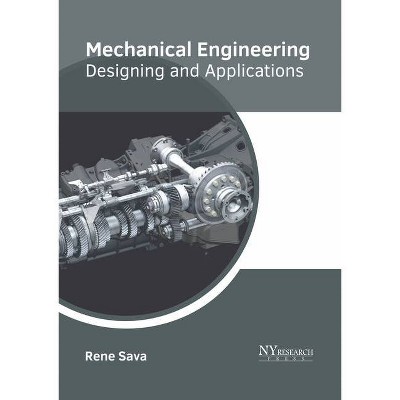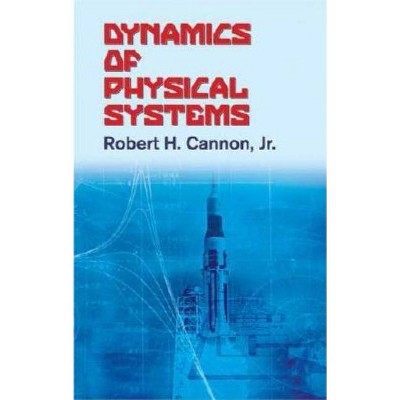Physical Approach to Engineering Acoustics - (Mechanical Engineering) by Ronald N Miles (Hardcover)

Similar Products
Products of same category from the store
AllProduct info
<p/><br></br><p><b> Book Synopsis </b></p></br></br><p>This textbook presents the fundamentals of engineering acoustics and examines in depth concepts within the domain that apply to reducing noise, measuring noise, and designing microphones and loudspeakers. The book particularly emphasizes the physical principles used in designing miniature microphones. These devices are used in <i>billions </i>of electronic products, most visibly, cell phones and hearing aids, and enable countless other applications. Distinct from earlier books on this topic that take the view of the electrical engineer analyzing mechanical systems using electric circuit analogies. This text uses Newtonian mechanics as a more appropriate paradigm for analyzing these mechanical systems and in so doing provides a more direct method of modeling. Written at a level appropriate for upper-division undergraduate courses, and enhanced with end-of-chapter problems and MatLab routines, the book is ideal as a core text for students interested in engineering acoustics in ME, EE, and physics programs, as well as a reference for engineers and technicians working in the huge global industry of miniature microphone design.</p> <p> </p> <p><br></p><p/><br></br><p><b> From the Back Cover </b></p></br></br>This textbook presents the fundamentals of engineering acoustics and examines in depth concepts within the domain that apply to reducing noise, measuring noise, and designing microphones and loudspeakers. The book particularly emphasizes the physical principles used in designing miniature microphones. These devices are used in billions of electronic products, most visibly, cell phones and hearing aids, and enable countless other applications. This is distinct from earlier books on this topic that take the view of the electrical engineer analyzing mechanical systems using electric circuit analogies. This text uses Newtonian mechanics as a more appropriate paradigm for analyzing these mechanical systems and in so doing provides a more direct method of modeling. Written at a level appropriate for upper-division undergraduate courses, and enhanced with end-of-chapter problems and MatLab routines, the book is ideal as a core text for students interested in engineering acoustics in ME, EE, and physics programs, as well as a reference for engineers and technicians working in the huge global industry of miniature microphone design.<br><ul><li>Maximizes reader understanding of methods for analyzing and designing acoustic sensors such as microphones;</li><li>Describes methods for analyzing and characterizing sound levels;</li><li>Introduces methods of analyzing sound in ducts and mufflers, techniques very important for noise control;</li><li>Reinforces concepts presented with example designs, homework problems, and MatLab programs;</li><li>Explains the principles behind the radiation of sound from complex systems.</li></ul><p/><br></br><p><b> About the Author </b></p></br></br>Distinguished Professor Ronald Miles is Chair of the Department of Mechanical Engineering at SUNY Binghamton. His research involves mechanics, acoustics, vibrations, MEMS, neurobiology, and control systems to create advanced microacoustic sensors--devices that have wide applications in consumer electronics, lab instrumentation, automotive, hearing aids and other healthcare applications. Dr. Miles received a BS in Electrical Engineering from the University of California at Berkeley MS and PhD in mechanical engineering from the University of Washington. He has worked on structural acoustics and noise control at Boeing, was an assistant research engineer and lecturer in the Department of Mechanical Engineering at UC Berkeley and a faculty fellow in the Structural Acoustics Branch at NASA Langley. He currently serves as Associate Editor for the ASME Journal of Vibration and Acoustics.<p><br></p>
Price History
Price Archive shows prices from various stores, lets you see history and find the cheapest. There is no actual sale on the website. For all support, inquiry and suggestion messagescommunication@pricearchive.us


